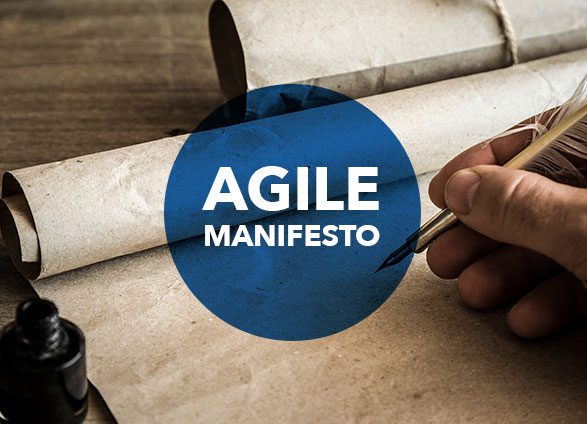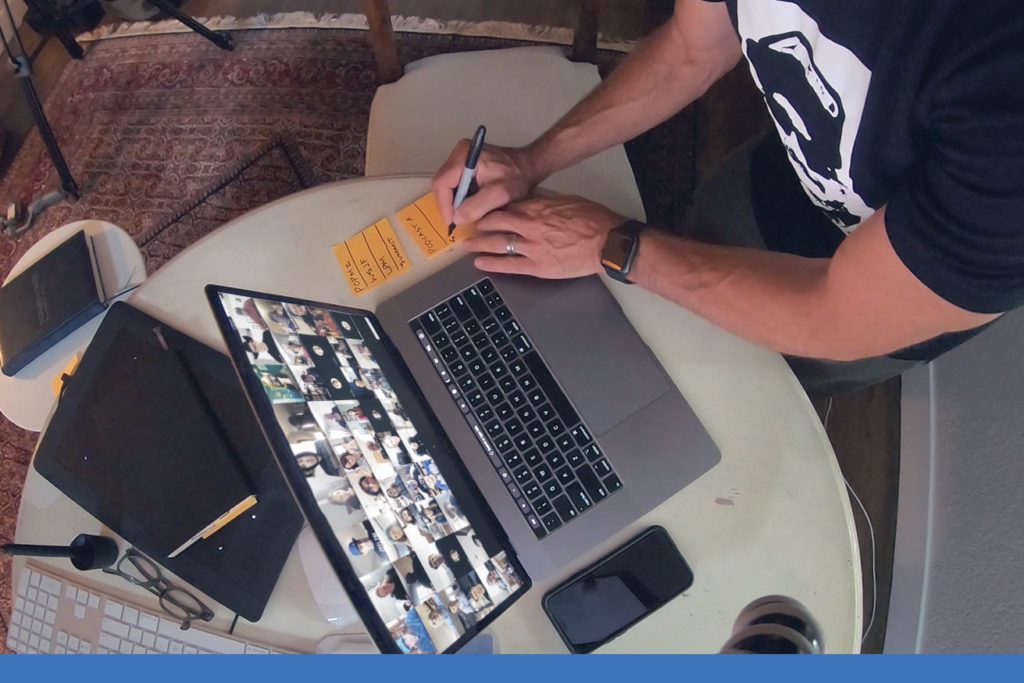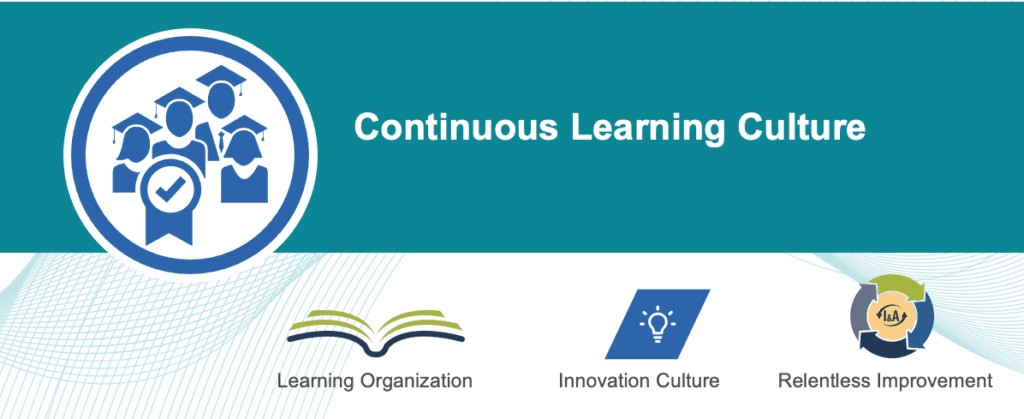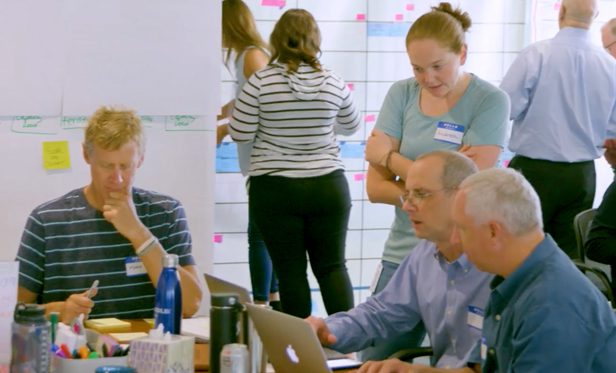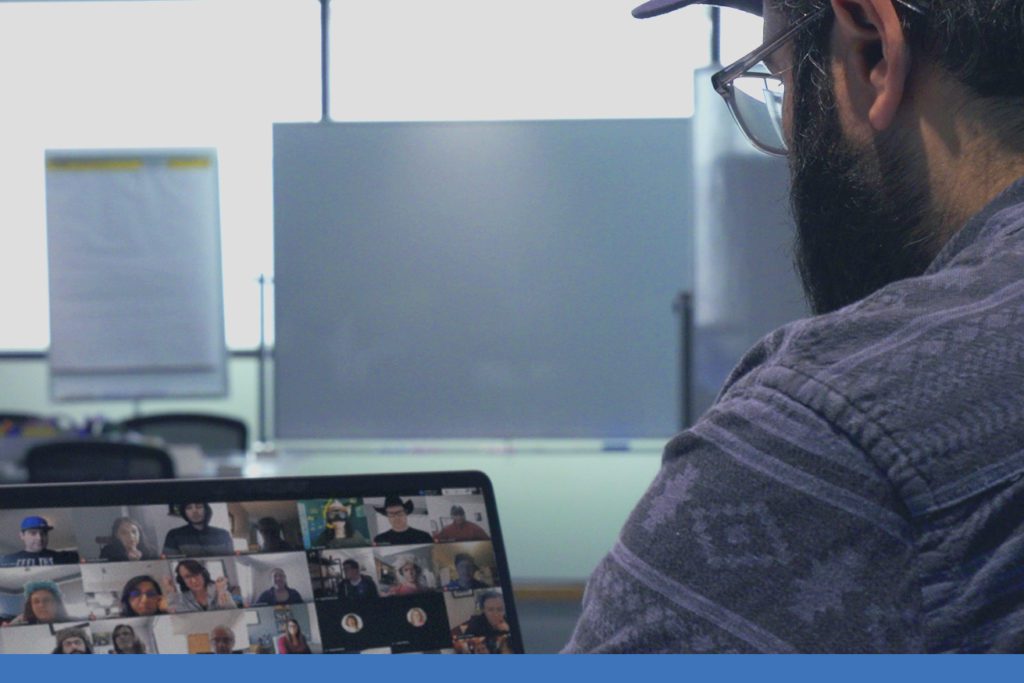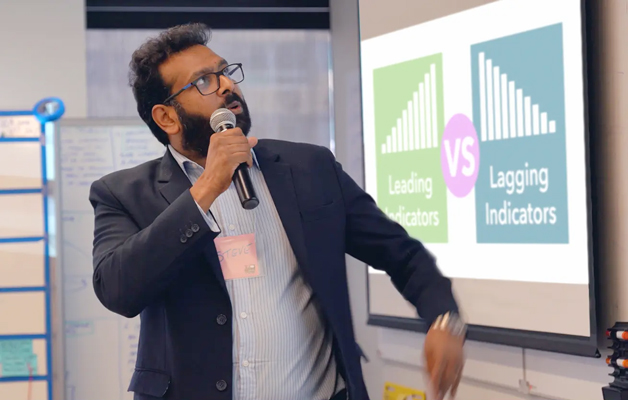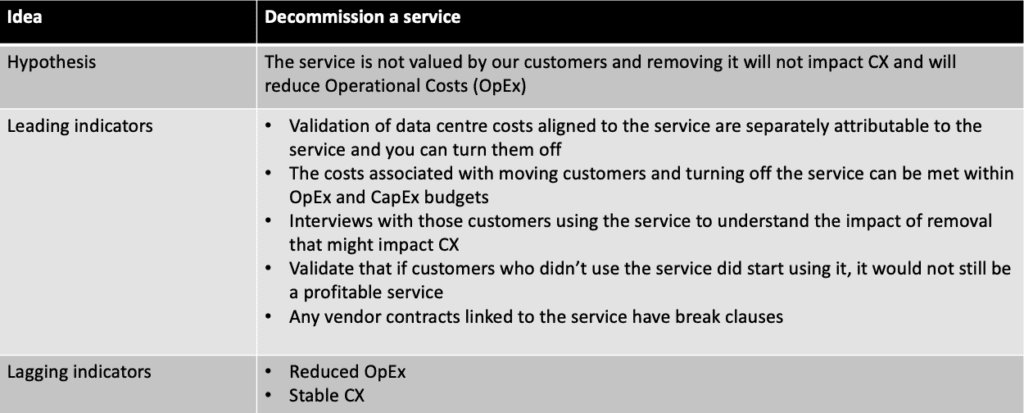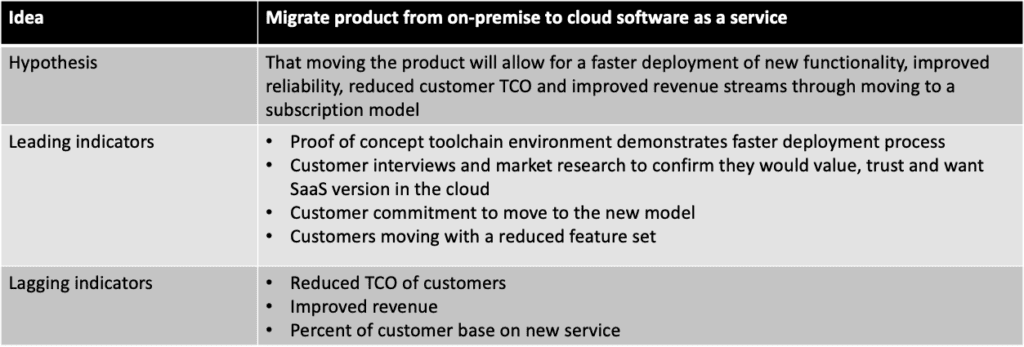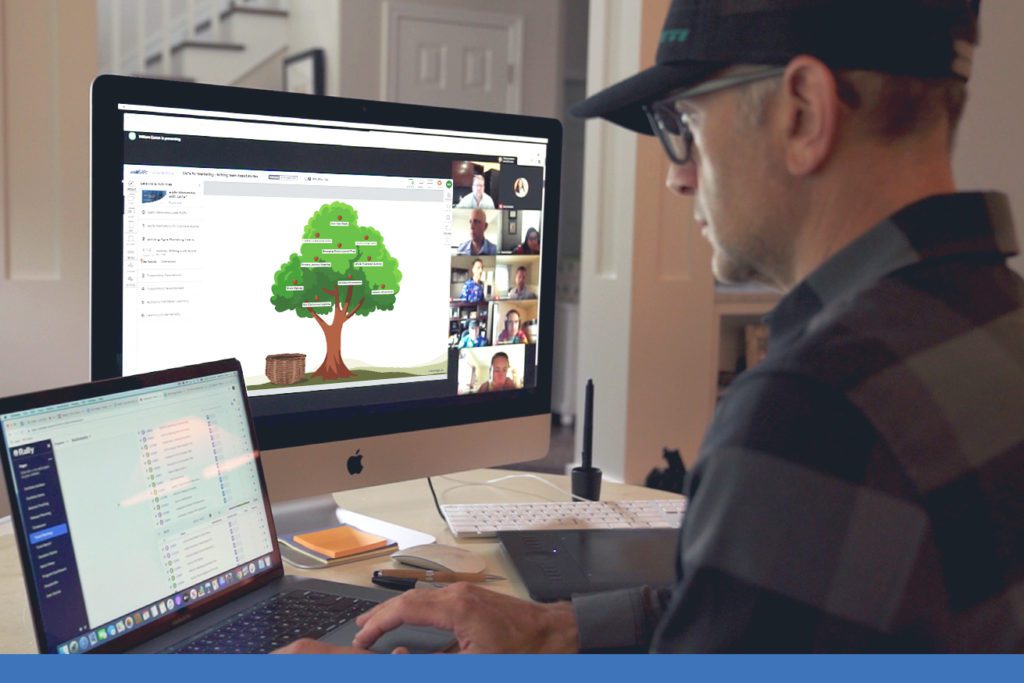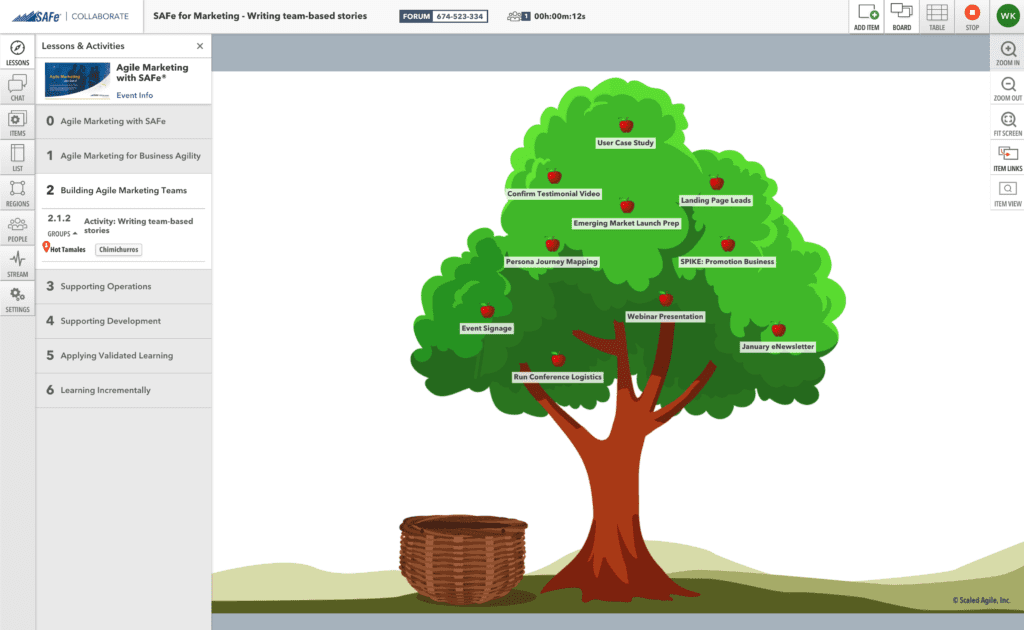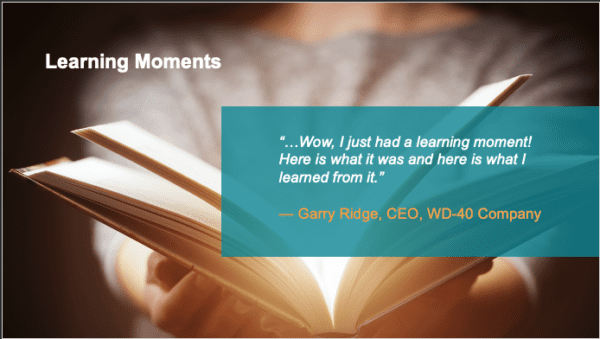Has your agency, program, corporation or company given Agile a try? Perhaps with one of the myriad techniques or methodologies out there? Perhaps with a homegrown model that would “fit just right?” Let’s explore some of the questions you might encounter along the way as you connect with other leaders, and field some tough conversations.

In my role as an advisor to aid US government leaders in their journey, I’ve worked with them through common perceptions to achieve greater success. Topics such as Agile not being one-size-fits-all. Situations where they may have Agile teams but certain processes slow things to a crawl, even with faster development. In these particular cases, it’s necessary to realize that it’s not just about converting your waterfall teams. Instead, let’s understand your leaders’ desired outcomes, accept the reality of the current landscape, and talk about ways you can navigate these challenges and gain support for pursuing business agility with the Scaled Agile Framework® ( SAFe®).
Explaining SAFe
While many people have heard of SAFe, they haven’t necessarily experienced the Framework in action. Or if they did, perhaps it was during an implementation where the agency tried to implement everything on the Big Picture at the same time. As a leader, one of the first challenges you’ll likely face as you seek to begin your journey is helping your peers understand what the Framework is and what it isn’t. This is a pivotal moment where your own understanding is critical.
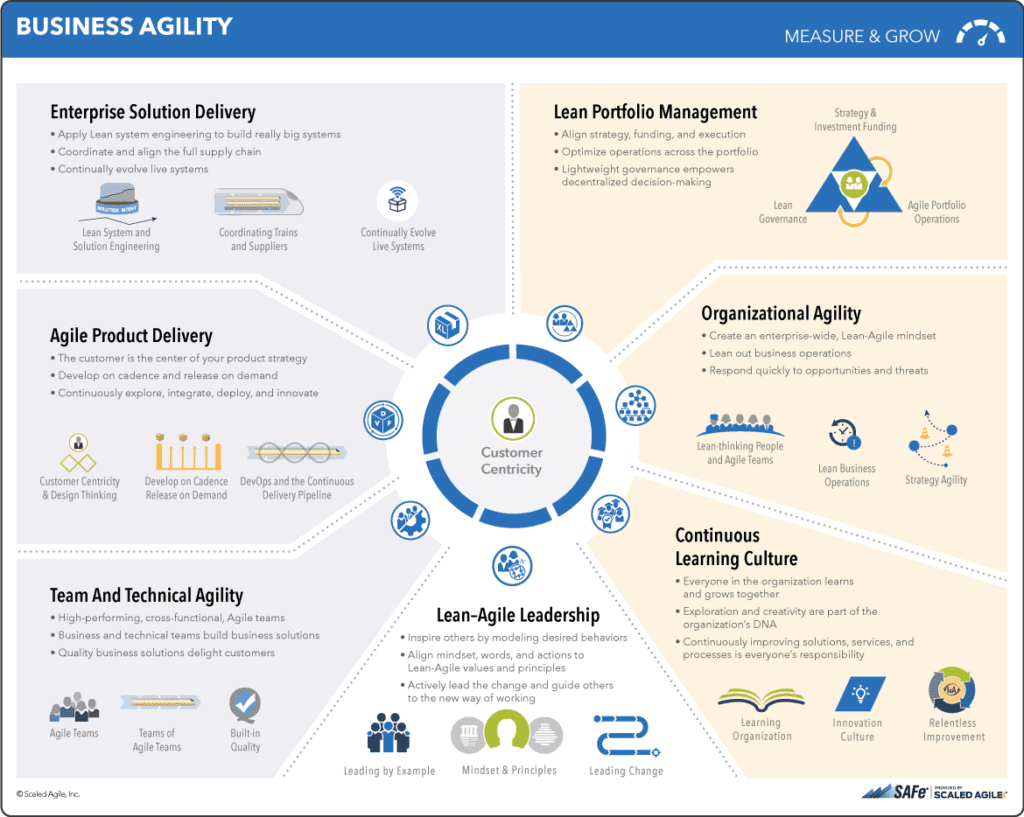
* * * * * * * * * *
Tip: Use the SAFe overview to describe SAFe as opposed to the Big Picture. The overview illustrates that the Framework provides seven core competencies, made up of twenty-one dimensions, all designed to help you connect with your customer and achieve greater Business Agility. Each competency and its dimensions provide potential starting points, and can serve to prompt discussions regarding desired outcomes.
* * * * * * * * * *
When I meet with leaders, executives, and officers, I describe SAFe as:
- A vehicle that will help you reach greater Business Agility.
- A framework of proven techniques, patterns, practices and principles that can be leveraged to focus on the outcomes that matter the most.
- A knowledge base of the best patterns, practices, and principles from Lean, Agile, and business thought leaders. All of which can help you accelerate the delivery of value to the warfighter or customer with increased quality, with people who are inspired and engaged.
- A set of patterns, practices, and principles that will help your people find a new way of working. One where they can deliver more value, sooner, at a pace they can sustain and improve.
While the descriptions above are not canned sayings, I hope that they help convey the spirit and content that describes SAFe. Because it’s more than something to “just do” by launching an Agile Release Train (ART).
Here’s what I don’t say:
- SAFe says you will get all these benefits by training everyone and launching an ART.
- SAFe is the number one scaling framework so you should use it.
- SAFe will fix all of your problems if you have a SAFe Program Consultant (SPC) helping you.
Why do I avoid positioning SAFe as something that can make problems miraculously disappear? Because it’s imperative that leadership conversations are grounded in core values such as transparency.
* * * * * * * * * *
Tip: One of the best ways to help a leader understand what’s possible with SAFe is to connect them to another leader who has already started the journey to agility. There are many officers, civil servants, and executives that have accomplished their mission with greater speed and quality. Connecting with the SAFe Community through meetups, forums, and informal learning networks is a great place to find them.
* * * * * * * * * *
Talking about the Tipping Point
When leaders are open to exploring options to change the way work is done, it’s often because they’ve reached a point where they realize that something needs to change. This is not the time to sugar-coat things.
The reality that change is hard and takes time must be part of the initial conversations. Otherwise, organizations risk creating a foundation that’s built on fear, mistrust, and uncertainty. During these conversations, having a partner that can help you navigate your leaders’ questions, concerns, and perceptions will help greatly. If that’s not possible, please do some research and learn about others who have embarked upon the journey in your industry. In addition to the people you can find in the communities, you can tap into a variety of customer stories about organizations that have implemented SAFe. Most of these contain candid descriptions of the challenges, growing pains, and successes.
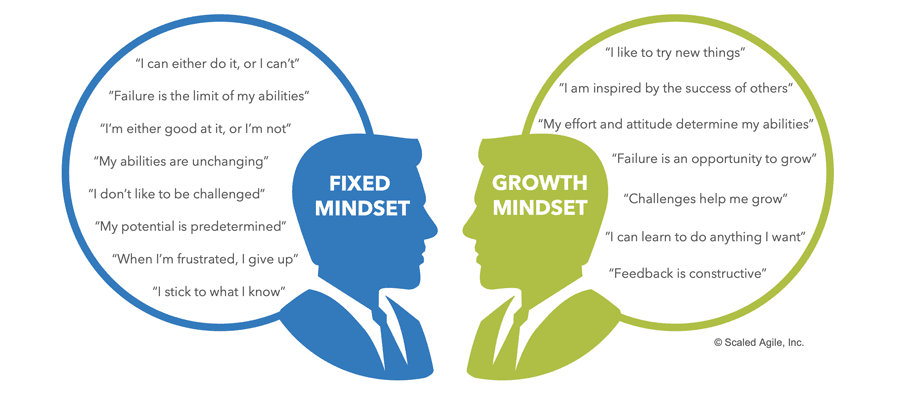
* * * * * * * * * *
Tip: Mindset matters. Initial conversations go much smoother when both the presenter and the audience have individuals with a growth mindset. If the one seeking to implement the framework or the leaders of the organization or program have a fixed mindset, you may want to work to resolve that impediment prior to beginning your journey.
* * * * * * * * * *
Once you have the audience, it’s time to talk about the journey ahead, This is where transparency, alignment, and execution begin. Whether you’re leveraging the Introducing SAFe® 5.0 PowerPoint available from the SAFe Presentations and Videos page, or using one of the toolkits available to SPCs and SPCTs, the goal is to obtain leadership engagement—not just support. In addition to providing a general understanding of the Framework and Business Agility, I’ll facilitate discussions with senior civil servants, officers, and executives to better understand:
- What are the outcomes they desire?
- What keeps them up at night?
- What are the expectations?
- What have they tried that’s worked?
- What have they tried that hasn’t?
- What’s in the way?
- What does success look like to them?
- Will they invest in learning about a new way of working?
Once you and the leaders have aligned on the journey ahead, the SAFe Implementation Roadmap provides a guide to leading change as you pursue a new way of working. Remember, it’s a roadmap, not a prescription or process. You’ll still need to have more conversations to figure out how to align and adjust.
Find out for yourself how government agencies are getting buy-in for SAFe. Explore the agenda for SAFe Day Government and consider attending. I’ll be giving a talk with my colleague, Michael Robertson, about Following the Implementation Roadmap. The event is also a great place to connect with your peers and find out how they’re using SAFe. I hope to see you (virtually) there.
About Phil Gardiner

Phil Gardiner, an SPCT, is focused on enabling people to achieve sustainable success through greater business agility. He has served various markets from Fortune 10 corporations to the U.S. federal government.
Share:
Back to: All Blog Posts
Next: Happy Anniversary, Agile Manifesto!
